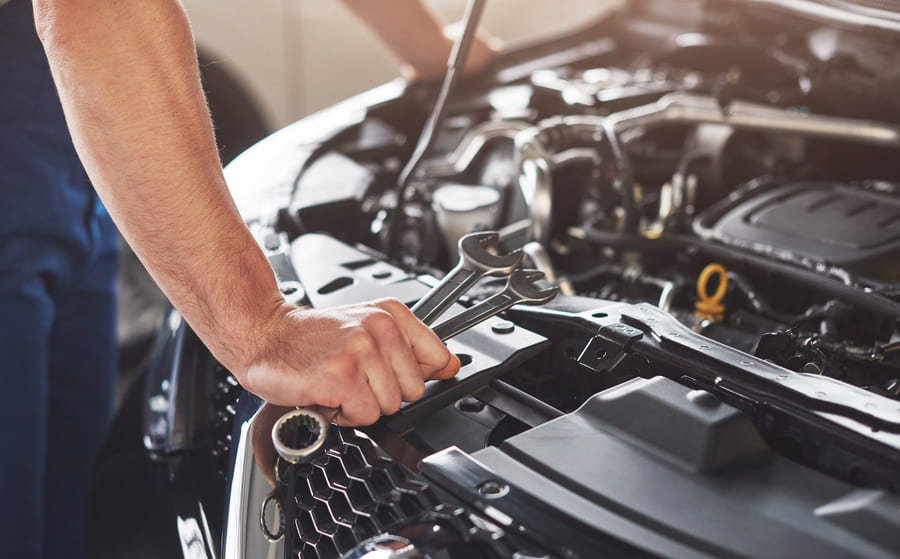
What is a car service?
Getting your car serviced is like taking it to the doctor for a regular checkup. The mechanic will thoroughly inspect your car for damage and wear, as well as carry out routine maintenance work such as filter replacements and oil changes. These checks may vary depending on the needs of the vehicle. A full service can involve 50 or more component checks and adjustments. There is also a basic interim service, which is usually recommended every 6 months, and a major service, which is the most comprehensive and normally carried out once every 2 years.
What does a car service include?
InterimThe basic package is suited to high mileage drivers that require maintenance assistance more often than the average car owner. This typically includes checks for the tyres and wheels, steering and suspension systems, brakes, lights, and engine fluids. It may also include an oil filter replacement and oil change.
FullTechnicians recommend a full car service every 12 months or 12,000 miles to keep the vehicle in top condition. This includes everything in the interim package plus additional checks and adjustments or replacements. For instance, it may include:
MajorFor this service, the automotive technician will inspect all of the major components of the car and more. Extras may include:
Why should I get my car serviced regularly?
The answer to this question is fairly simple: it will help prevent a breakdown, reduce the risk of a serious accident, and keep your car running smoothly for longer. The earlier faults are detected and the car is repaired, the easier it is to avoid expensive damages and repairs. For example, if you don’t change your motor oil on time, it could eventually lead to what is known as oil starvation and cause serious damage to the components of your engine.
Still not convinced? Regular servicing may also be beneficial if you ever choose to sell your car or need to make an insurance claim. The service history of the vehicle can affect its resale price and the insurer’s pre-accident value estimation. It would also be a mistake to think that an MOT will have the same effect as this is only a safety test to ensure that the vehicle is roadworthy. It won’t take care of the everyday wear and tear that may cause problems and reduce the car’s overall performance.
How much does a full service cost
In the UK, you can normally expect to pay around 50 pounds or more for a full maintenance service, but this will largely depend on the provider and area. It is worth comparing prices before booking an appointment.
Can I service my own car?
If you have the skills, patience and time to spare, you may be able to cut the costs by doing the job yourself. Most of these tasks shouldn’t be too challenging with the right information and instructions, as well as proper tools and equipment.
Here are some of the fundamental things you’ll if you’re planning on maintaining and repairing the vehicle yourself:.
- A socket set
- A car jack & stands or vehicle lift
- A torque wrench
- An oil filter wrench set
- A drain pan
- A car battery charger
- High-quality oil & coolant fluid
- Lint-free or microfibre towels
- Protective gloves and glasses
Top DIY maintenance tips
Did you find this article helpful? Our blog and YouTube channel are packed full of useful content and tips. We believe that you shouldn’t have to be an expert to take care of your own vehicle, which is why we offer free tutorials and advice. Check out our articles and you’ll soon know how to do important tasks yourself, such as how to change your transmission fluid and how to clean a throttle body.

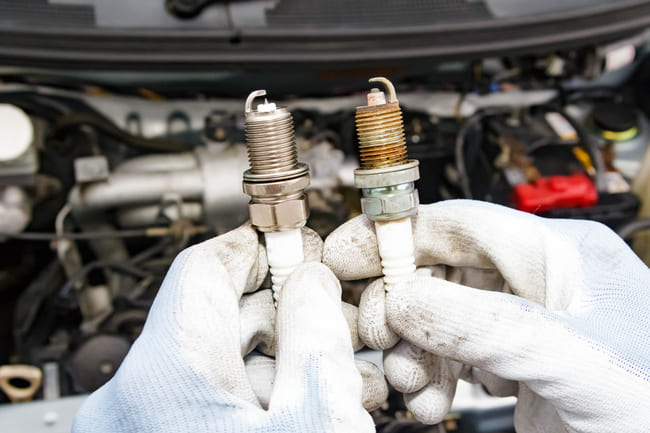
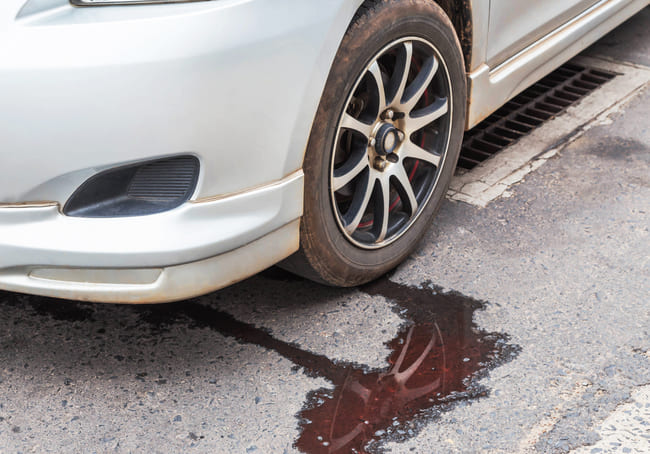

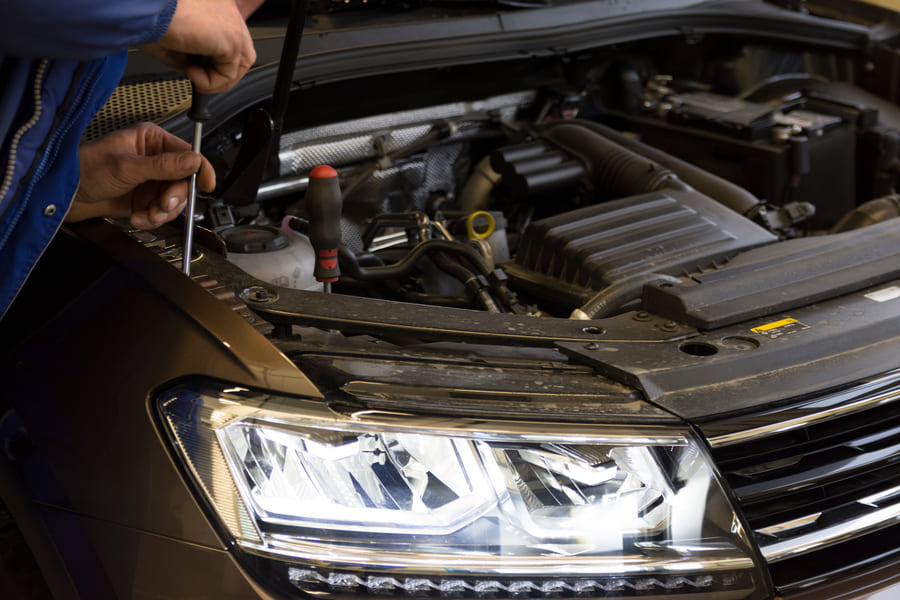
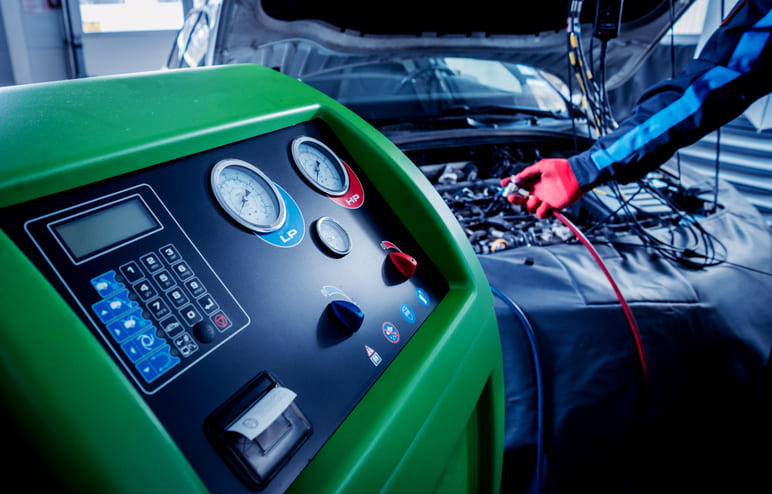




Comment